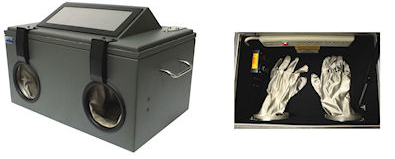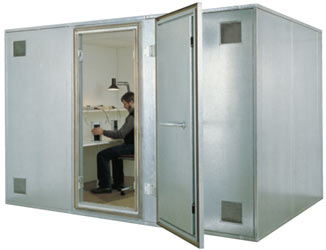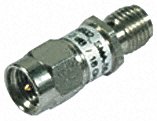Transmitting data
Legal considerations
Unless you hold an Amateur Radio license or have had specific training about laws with respect to the areas of the radio frequency spectrum and at what power levels you are allowed to transmit, it is highly recommended that you restrict yourself to only receiving
A high level overview of UK law with respect to radio transmitters can be found here
RF shielding (Faraday cages)
If you need to transmit signals on bands for which it would normally be illegal to do so e.g. Broadcast radio or 3G cellular then this can be performed within an RF-shielded environment. These come in all shapes and sizes, from small:

to large:

Direct connection using attenuators
Another approach is to directly connect your transmitter to your receiver via a cable so that no radio waves are transmitted. However, in order to do this without damaging the receiver you need to use in-line attenuators (see below) to reduce the signal level, as would occur if it was transmitted via an antenna
